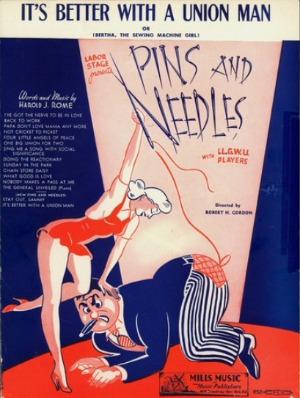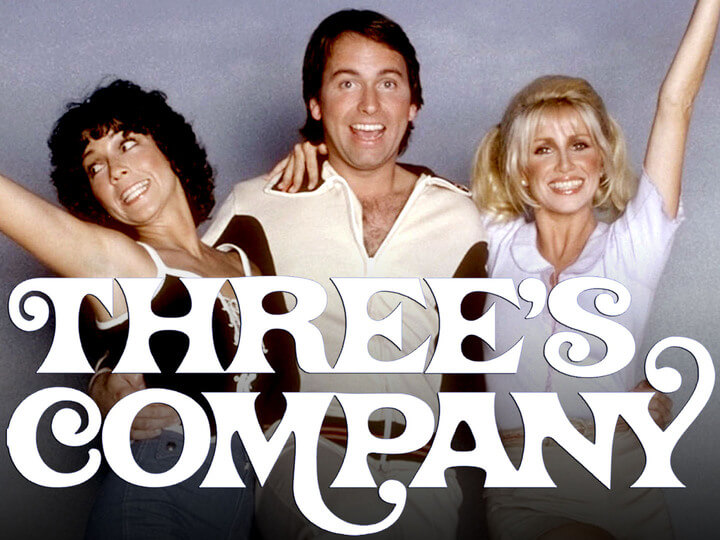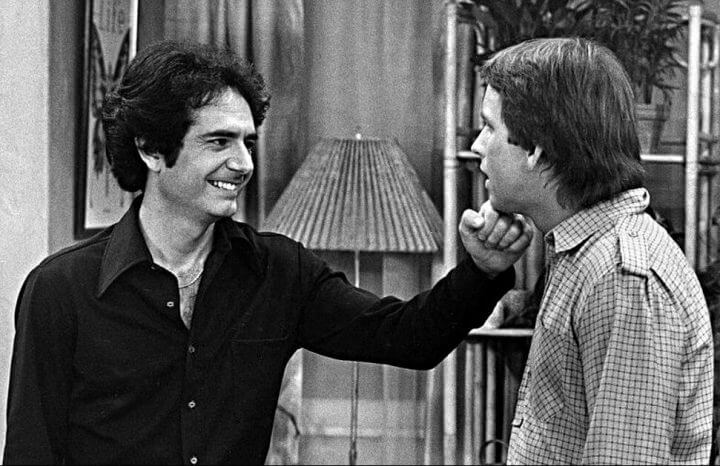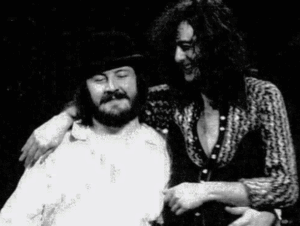Pins and Needles Day
 Today is Pins and Needles Day, but it has nothing to do with anxiety, diabetic neuropathy, or the creepy sensation you get after sleeping all night on your arm. On November 27, 1937, musical revue Pins and Needles opened on Broadway in New York City.
Today is Pins and Needles Day, but it has nothing to do with anxiety, diabetic neuropathy, or the creepy sensation you get after sleeping all night on your arm. On November 27, 1937, musical revue Pins and Needles opened on Broadway in New York City.
Comprised of skits lampooning fascist dictators and their sympathizers, bigoted Daughters of the American Revolution, anti-labor groups, and advertising agencies, among many others, the play was performed by members of the International Ladies’ Garment Workers’ Union, which was on strike at the time.
It became such a hit that the schedule was expanded and the players quit their day jobs to act in it full-time. New skits and songs were added periodically to keep the show topical. It closed on June 22, 1940, after 1,108 performances.
In 1962, Columbia Records released a studio recording of the show’s score to commemorate its 25th anniversary. Five songs featured newcomer Barbra Streisand. The recording was digitally restored and remastered for CD release in 1993.
A revival ran for 225 shows in 1978. London’s Cock Tavern Theater mounted a production in November and December of 2010. In 2016, New York University staged an updated production of Pins and Needles, casting students who were roughly the same age as the original performers had been.
This play, which first entertained audiences in 1937, has come back many times, perhaps to remind us of the enduring spirit of satire and its important role in society. We’re certainly reminded that its themes remain topical. Have a fun-filled and happy Pins and Needles Day!

 Today is
Today is  While Festivus may be the most famous holiday invented by sitcom writers, there is a lesser-known day called Wear Something Gaudy Day that’s fun and doesn’t require the airing of grievances.
While Festivus may be the most famous holiday invented by sitcom writers, there is a lesser-known day called Wear Something Gaudy Day that’s fun and doesn’t require the airing of grievances. The main male character, Jack Tripper, has a friend named Larry Dallas who is a sleazy used-car salesman. Larry’s sartorial elegance is questionable at best: he’s known as a three-button guy, meaning he has to have at least three buttons open to showcase his fluffed up chest hair for the ladies.
The main male character, Jack Tripper, has a friend named Larry Dallas who is a sleazy used-car salesman. Larry’s sartorial elegance is questionable at best: he’s known as a three-button guy, meaning he has to have at least three buttons open to showcase his fluffed up chest hair for the ladies.



